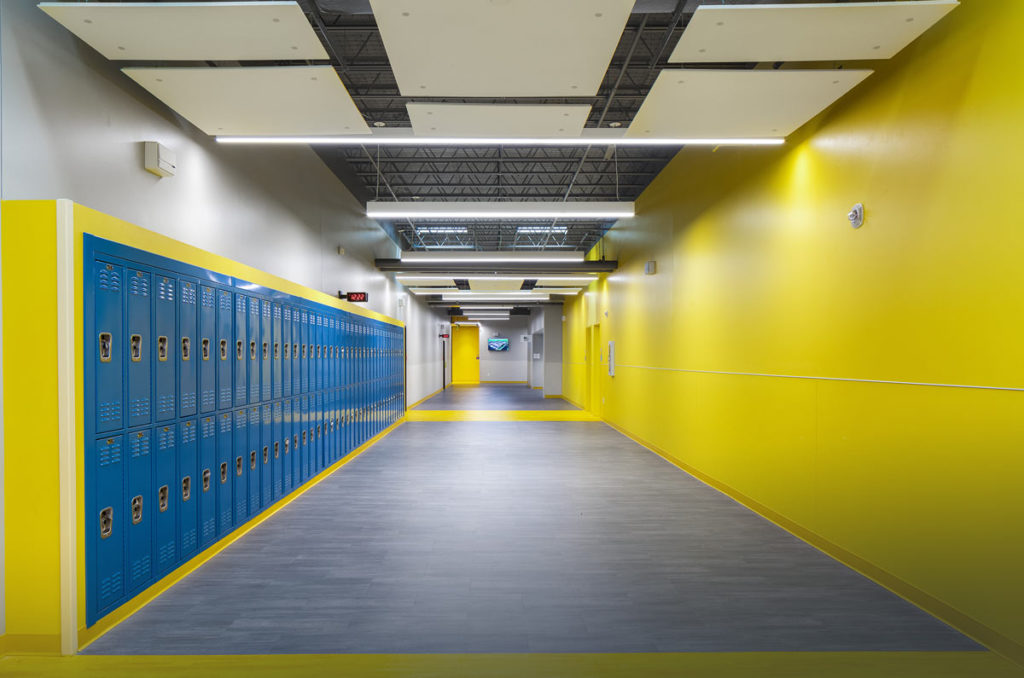
Building Strong Foundations Literacy and STEM Integration

Bridging Literacy and STEM: Innovative Approaches
The Intersection of Literacy and STEM Learning
In the modern educational landscape, the boundaries between traditional subjects are becoming increasingly blurred. Nowhere is this more evident than in the intersection of literacy and STEM (Science, Technology, Engineering, and Mathematics) education. While literacy has long been associated with language and communication skills, educators are discovering innovative ways to integrate it with the principles of STEM.
Empowering Minds: Literacy in the STEM Era
Literacy in the STEM era is not just about reading and writing—it’s about empowering young minds to excel in an ever-changing world. By combining literacy skills with STEM education, students are equipped with the tools they need to thrive in today’s technology-driven society. From deciphering complex scientific texts to effectively communicating their ideas, literacy plays a crucial role in every aspect of STEM learning.
Building Strong Foundations: Literacy and STEM Integration
At the heart of the integration of literacy and STEM lies the idea of building strong foundations. By emphasizing literacy skills such as critical thinking, communication, and problem-solving, educators are laying the groundwork for success in STEM disciplines. Whether it’s analyzing data, writing reports, or collaborating with peers, literacy forms the backbone of STEM education, providing students with the essential skills they need to excel.
Exploring Literacy Skills in STEM Environments
In STEM environments, literacy takes on new forms and functions. From interpreting graphs and charts to writing algorithms and code, students are constantly engaging with literacy in a hands-on, interactive way. By exploring literacy skills in the context of STEM, students develop a deeper understanding of both subjects, paving the way for interdisciplinary thinking and innovation.
Cultivating Literacy through STEM Engagement
Engagement is key to cultivating literacy skills in STEM education. By creating immersive, inquiry-based learning experiences, educators can ignite students’ curiosity and passion for learning. Whether it’s conducting experiments, designing prototypes, or solving real-world problems, students are actively engaged in the learning process, using literacy skills to communicate, collaborate, and innovate.
Unlocking Potential: Literacy in STEM Education
The integration of literacy in STEM education unlocks the full potential of students. By bridging the gap between language and STEM disciplines, educators can reach a wider range of learners and foster a more inclusive learning environment. From English language learners to students with diverse learning styles and abilities, literacy-rich STEM education ensures that every student has the opportunity to succeed.
Inspiring Lifelong Learning: Literacy and STEM Synergy
By promoting literacy in STEM education, educators are not only preparing students for academic success but also inspiring lifelong learning. By nurturing a love of reading, writing, and inquiry, educators can instill in students a passion for exploration and discovery that extends far beyond the classroom. With literacy as their foundation, students are equipped to tackle the challenges of the future with confidence and curiosity.
Conclusion:
In conclusion, the integration of literacy and STEM education represents a powerful opportunity to empower students, build strong foundations, and inspire lifelong learning. By exploring innovative approaches to literacy in STEM environments, educators can unlock the full potential of every student and prepare them to thrive in an increasingly complex and interconnected world. Read more about literacy and stem



